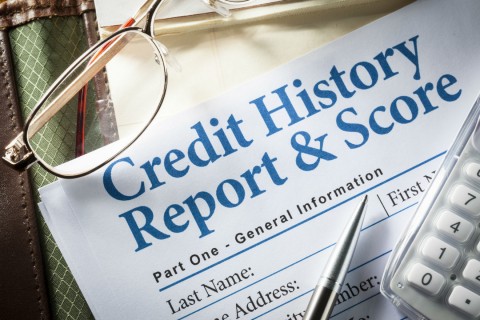What Is a Mixed Credit File?
Mixed files and mixed credit reports – these are both terms used to describe a very frustrating type of credit reporting error that proves to be difficult to correct. Mixed credit files occur whenever your credit information becomes confused or co-mingled with the credit information belonging to someone else, and vice versa. If you happen to have great credit and the person with whom your information has been mixed has bad credit then this problem can leave you with a poor credit report that’s hard to fix.
How Mixed Files Occur
As hard as the credit reporting agencies (CRAs) try to create accurate credit reports, when you are maintaining some 225 million credit files, as each of the CRAs does, there is certainly a lot of room for error. In fact, the Federal Trade Commission released a study several years ago which suggested that around 40 million mistakes reside on the credit reports of US consumers. And while all credit report errors are a pain in the rump, some credit errors are worse than others. Mixed files fall into this category.
In general mixed files occur whenever 2 consumers have either similar or identical names. A senior (father) and junior (son), for example, are sometimes victims of the mixed credit file. They share a name and they likely share or shared an address. As such the credit bureaus matching logic believes they’re the same person when compiling their credit report.
Why Mixed Files Are So Difficult to Correct
Mixed credit files represent a different kind of credit reporting error, one which may result in not just 1 or 2, but dozens of erroneous accounts. Most credit reporting errors occur because the credit bureaus receive bad information from a data furnisher (normally a collection agency or a financial services company, like a bank). So, if your credit report shows an incorrect balance on an account, the cause of that error is most likely because the data furnisher is providing the CRAs with incorrect data.
Mixed files are different. They do not occur because a CRA is receiving bad data from a creditor or collection agency. Instead, mixed files happen when the CRAs themselves take correct information from their database but match that information with the incorrect credit file. The credit data is not actually wrong. It is, however, being placed upon the wrong credit report. Point being, in a normal “error” situation the furnisher can correct the error whereas in a mixed file situation, they cannot.
Correcting the Problem
Since mixed files occur at the CRA level, it takes getting through to someone at the CRA where the mixed file is taking place in order to correct the problem. Simply disputing the accounts may not be enough to permanently correct the issue. If your file was mixed with someone else’s before, it can be mixed again. This is true even if the incorrect accounts are deleted through the dispute process.
In order to permanently fix the problem of a mixed file you need to get through to a CRA employee who will manually go through your credit file and “suppress” the accounts which belong to someone else. When an account is suppressed it is essentially blocked from ever appearing on your credit report again. Yet getting through to a CRA employee who is willing to take the time to perform this task can be challenging.
The National Consumer Assistance Plan (NCAP), initiated as part of the CRAs’ settlement with 32 state attorneys general, is slated to create an “enhanced dispute resolution process for consumers that are proven victims of…mixed file situations.” In plain English, the CRAs agreed under the settlement to implement processes to escalate “special disputes” when they are received. Mixed file disputes fall within this category and if one CRA identifies a mixed file they will have to communicate as much with the other two CRAs.

